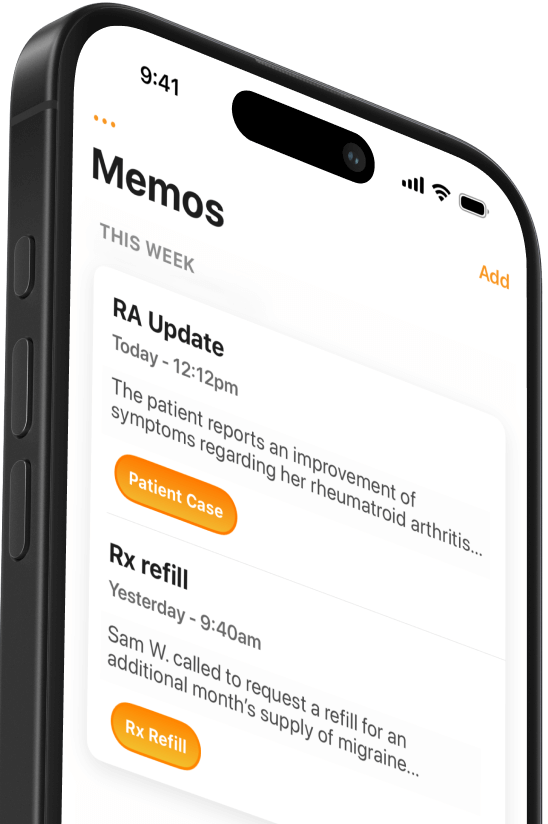How health IT supports the Triple Aim of healthcare
Healthcare organizations are increasingly adopting telehealth and digital solutions to achieve the Triple Aim: better patient experience, improved quality, and population health management.


Popular articles
For nearly a decade, healthcare has been explicitly pursuing a Triple Aim of patient engagement, quality improvement and population health. As this Triple Aim becomes the central paradigm of healthcare systems, it’s clear that health IT has an important role to play.
The ascension of the Triple Aim
The Triple Aim is a concept coined in 2008 by the Institute for Healthcare Improvement, a leading healthcare non-profit that works across the industry to produce results in quality, safety and innovation. IHI realized that successful health care systems of the future will be those that can simultaneously deliver excellent quality of care, at optimized costs, while improving the health of their population.
Since 2008, the IHI Triple Aim has transcended jargon to become a central part of the US national healthcare strategy. In a 2015 report that reviews the Triple Aim’s first seven years, the concept’s architects note that, “Even those organizations working on the Triple Aim before IHI coined the term found our concept to be useful because it helped them think about all three dimensions at once and organize their work around them.”
Financial incentives built into the 2010 Affordable Care Act have also helped the Triple Aim gain popularity, as both see patient engagement as a key outcome. As John Whittington, one of the authors of the IHI study, admitted, "We were very fortunate in the timing of this idea."
The Triple Aim concept also migrated to government agencies with key healthcare leaders like Donald Berwick, who left IHI in 2010 to run the Centers for Medicare & Medicaid Services. According to the IHI study, Berwick announced at an insurance industry conference that he was directing CMS "toward the Triple Aim as our highest-level goal."
What role for health IT?
As patient engagement and satisfaction have a greater impact on emerging reimbursement structures and regulatory mandates, providers are turning to health IT solutions like telehealth. The growing importance of health IT is reflected in the HIMSS Annual Leadership Survey, where most respondents said health IT tools are critical for improving the patient experience as part of the Triple Aim.
Of the 330 organizations represented in the 2015 survey, nearly half said they currently have a telehealth or mHealth strategy in place as a way to keep patients more engaged. This includes expanding telehealth services, remote coaching or education, and remote patient monitoring for those with chronic diseases and other complex needs.
The trend continues in HIMSS’ 27th Annual Leadership Survey, where 68 percent of respondents indicated that health IT was a critical tool to help achieve mandated quality metrics improvement.
Health IT is clearly a key solution for patient engagement and quality improvement - two pillars of the Triple Aim. As American Medical Association President Robert Wah put it, “When physicians, policy makers, vendors and technology innovators work together, the power of technology can enhance patient care, improve productivity and efficiency and slow the rise in health care costs.”
Related Articles


We Get Doctors Home on Time.
Contact us
We proudly offer enterprise-ready solutions for large clinical practices and hospitals.
Whether you’re looking for a universal dictation platform or want to improve the documentation efficiency of your workforce, we’re here to help.


